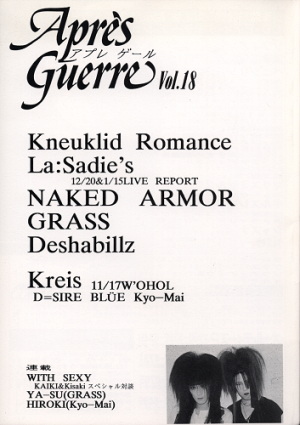
SWicH 22, Dec. 1996
Main point of interest this time is a report on Malice Mizer's activities in late 1996, around the time of their 5-city tour to promote the "ma cherie" single. There's an event report from Niigata (with photos), and an interview with Gackt and Kozi. Gackt was apparently incensed about persistent rumors that he was gay
 I translated that bit of it here: https://www.scapeforums.com/index.php?threads/contemporary-reviews-of-music.6177/#post-341293
I translated that bit of it here: https://www.scapeforums.com/index.php?threads/contemporary-reviews-of-music.6177/#post-341293https://www.prideofmind.com/data/swich22.pdf
https://www.prideofmind.com/data/swich22_150dpi.pdf
By the way, it seems that SWicH #7 has a live report from Lareine's very early days when they were still known as LALIENE. Does anyone have it?
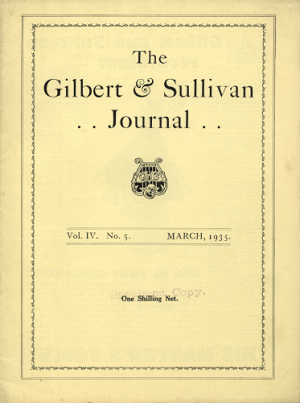
Next, as promised: we jump from the mid-'70s back to March 1935 for an earlier era at the Savoy. For those keeping score this is roughly 40 years since the final opera, "The Grand Duke", closed its original run, 35 years since Sullivan's death, and 25 since Gilbert's. The overall tone is somewhat more whimsical and eclectic than the 1970s run - we see "in-universe" fan speculation and even outright irrelevancies in the mix.
Notable entries this time:
- The D'Oyly Carte Company was on tour and played "The Mikado" in Boston. A censorous dentist (whose name has now utterly vanished from public record) wrote into the newspapers to complain that the opera "satirises all government and thus undermines the minds of growing children and robs them of all respect for discipline and society"
 For those of you overseas who may not know, although Boston is most commonly associated with campus libertinism now, up until relatively recently it was America's most active hotbed of censorship and many famous works were "banned in Boston" as the saying went. Later in the issue is more details about the American tour.
For those of you overseas who may not know, although Boston is most commonly associated with campus libertinism now, up until relatively recently it was America's most active hotbed of censorship and many famous works were "banned in Boston" as the saying went. Later in the issue is more details about the American tour.- An explanation of "rolling down One Tree Hill" from "The Sorcerer" - this reference was apparently already obscure by the '30s. In the production I saw last weekend it was duly footnoted.
- A number of Society functions in November 1934 and onward seem to have been cancelled due to fog - see footage here
- A glossary for "Trial by Jury". I can only assume this sort of thing wasn't included as endnotes to the libretti at the time, as it is now.
- Review of a two-volume book called "Theatre and Stage" (Harold Downs, ed.) which seems to have contained much detailed information and photographs on how staging and performance were done for various works including all the Savoy operas. It can be bought from used booksellers for relatively cheap - maybe I will.
- The difference between New York and London audiences: New Yorkers don't demand encores by clapping incessantly till they get one

https://www.prideofmind.com/data/gsj_mar35.pdf
https://www.prideofmind.com/data/gsj_mar35_150dpi.pdf


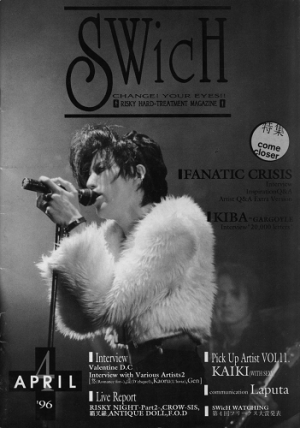
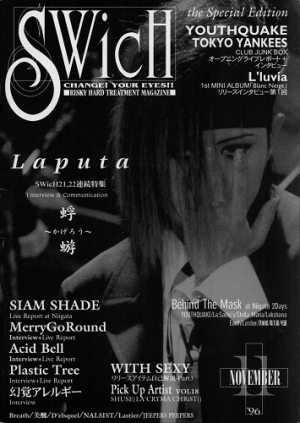


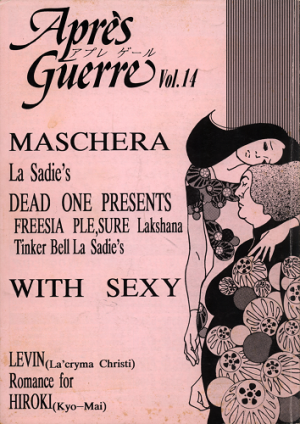


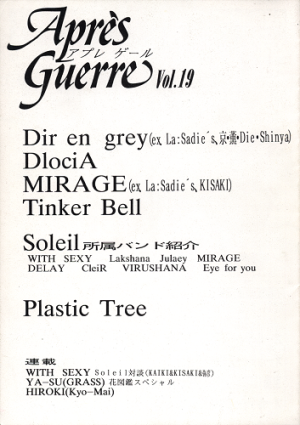
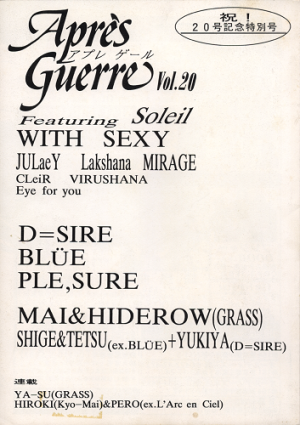
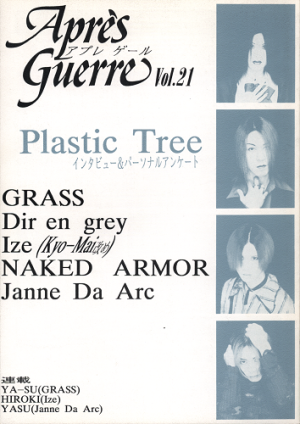
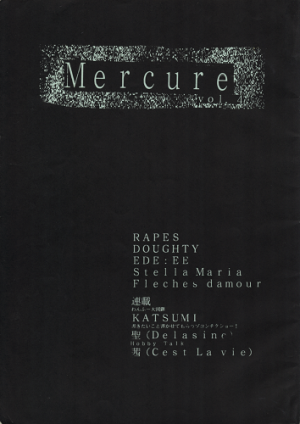
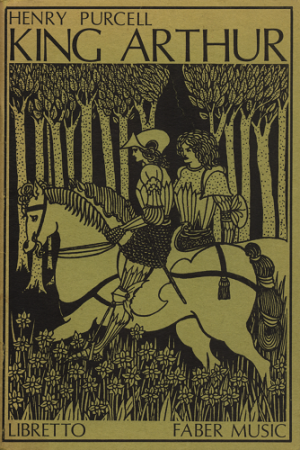

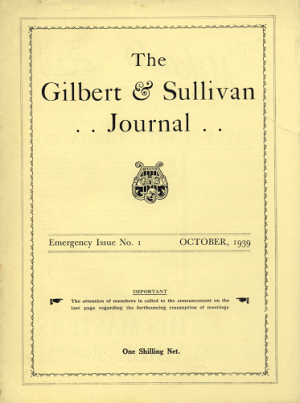

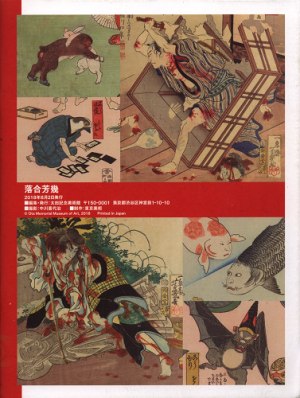
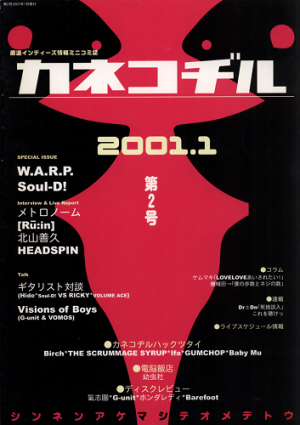
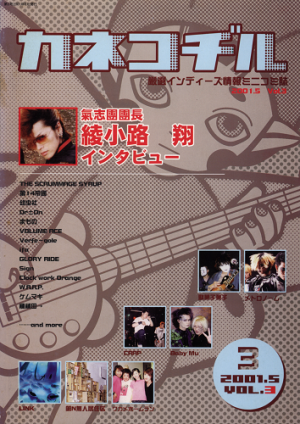
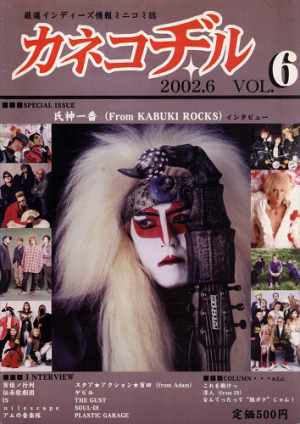
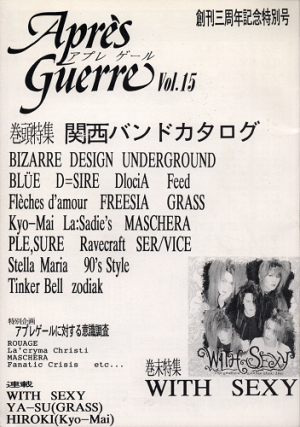


 ) Not allowed to share it, even if you pay me 100USD so no begging please... but just fun to know that a real SANS LOGIQUE sounds way crisper and cleaner than even the best remaster based on fake demo tapes.
) Not allowed to share it, even if you pay me 100USD so no begging please... but just fun to know that a real SANS LOGIQUE sounds way crisper and cleaner than even the best remaster based on fake demo tapes.